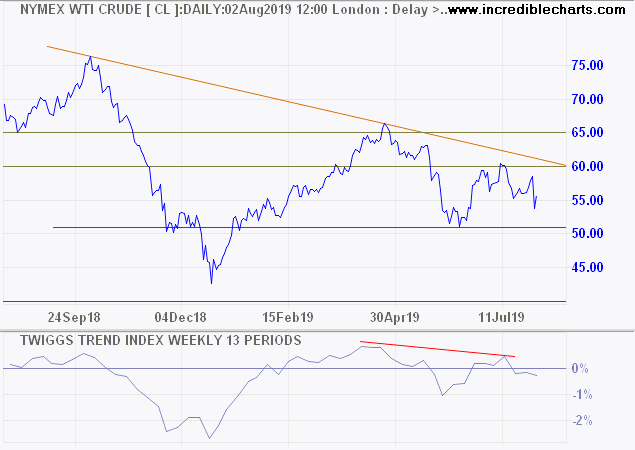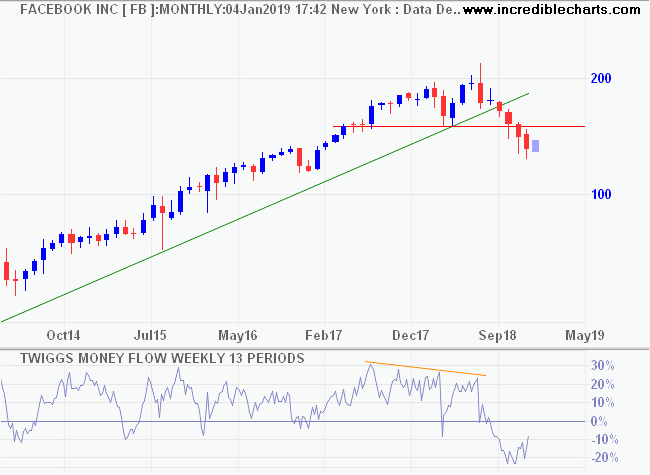The highly-regarded Stephen Bartholomeusz warns that central bank policies may lead to a ‘debt trap’:
“….With the world apparently re-starting the use of unconventional monetary policies even before central banks have extricated themselves from the legacies of a decade of those policies, there is a real risk that the impacts and the threats posed by their side effects will swell and that the world will be caught within what the BIS has previously described as a “debt trap’’ with no exit.
The other disturbing aspect of the [BIS] report is that it repeatedly says it is too early to assess the longer-term implications of the policies the central banks have employed.
Central bankers respond to the latest data – they respond to short-term signals – but the side-effects of their post-crisis policies have already been building for a decade and will continue to build while they maintain ultra-low or negative policy rates and keep buying bonds and other fixed interest securities to depress longer-term interest rates and suppress risk premia.
How those side-effects are unwound and how the banks extricate themselves from their policies and the legacies of those policies won’t be known until they try, but the potential for another crisis has been increased by the big surge in global leverage and the elevated asset prices the policies have encouraged.
Negative rates and quantitative easing and variations on those themes might, as the BIS report says, be useful additions to central bankers’ toolboxes but the past decade has shown they aren’t by themselves a panacea for economic ills and they bring with them potentially unpleasant side effects the longer they are in place.”
Debt traps occur when the interest rate needed to service the government debt is greater than the growth rate of GDP, according to former Fed governor Robert Heller:
“…In such a situation, debt service obligations grow more rapidly than the economy; eventually, the accumulated debt can no longer be serviced properly. In other words, the dynamics of the situation become unsustainable and a death spiral ensues.”
So far, central banks have responded by driving interest rates to record lows but unintended consequences are emerging, with low interest rates leading to low GDP growth. A feedback loop is emerging:
-
- Low interest rates

-
- Low bank interest margins

-
- Low credit growth

-
- Low inflation

-
- And low economic growth

We are venturing where angels fear to tread: central banks trialing new policies without empirical evidence as to their long-term consequences.
Monetary policy should be administered judiciously, intervening only when the financial system is in dire straits, outside the realm of the regular business cycle. Instead monetary policy is treated as a panacea, the constant drip-feed building a long-term dependence on further stimulus.
The problem with ‘traps’ is that they are difficult to escape.
“If you find yourself in a hole, the first thing to do is stop digging.”
~ Will Rogers
[NOTE: I should clarify that Australia has relatively low fiscal debt and is not in any immediate danger of a debt trap. But the ‘lucky country’ would suffer severely from fallout if the US or China were caught in a debt trap.]




















































































